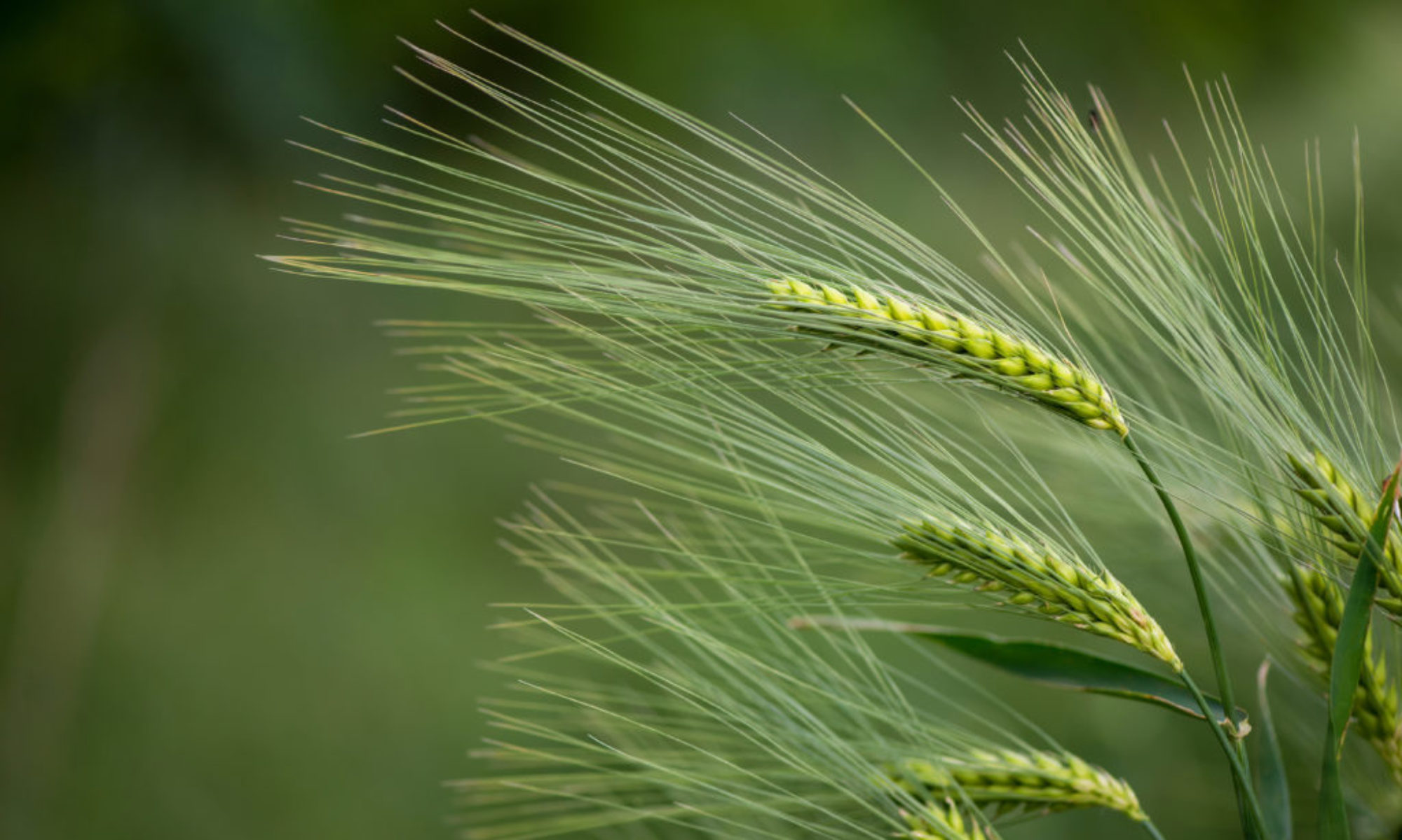By Maddie Patterson
Communications & Marketing Intern
Northern Crops Institute
Barley is an important crop for both animal and human food production, but this week we will dive into another common use of the grain. Barley is also used to create barley malt, which is used to make beer, whiskey, malted milk, and confections. Roughly 25% of barley grown in the United States is used for malt.
So how exactly does barley get from grain to malt? Read on to get a closer look at this interesting process.
Steeping
The first step in the process is steeping. In this step, the moisture content is increased to prepare the grain for malting. Even though steeping is one step, there are multiple processes that go into it. After the grain is wet by either submerging or spraying, it has to be oxygenated. This means it is taken out of the water and air is pumped through the grain. Maltsters know this first step is completed when the grain pushes up the germ and a small shoot, called the culm. This usually happens one to two days after the process began.
Germination
The second step barley goes through on its way to becoming malt is germination. After the shoot, or culm, has sprouted the grain is taken to a germination bed. Here, it is spread out and surrounded with warm air for three to six days. During this time, the germ develops and chemical changes happen in the grain. At the end of this stage, the plumule has grown and the culms have wilted. At this point the grain is considered green malt.
Kilning
Next, the green malt is kilned. During this step the green malt is heated and dried to eliminate unsavory flavors. This step also helps develop desirable flavors, and can be done in different ways to achieve varying results. After the malt has been sufficiently kilned, it goes through cooling. Now the moisture in the grain has dropped from roughly 25% during steeping to around 4% after cooling. This kilning process can take up to two days to complete, but now the green malt is officially malt.
Deculming
The last step is deculming. Here the grain is placed on vibrating trays that shake off any roots that began to develop in the germination stage. Now that the grain has been kilned and is dry, the roots are able to be shaken loose. This is the last step in barley malting. Now that the barley has gone through all of these processes, it is ready to be used to make food and beverages.
Now the barley is finished with the malting process. After this it is able to be used as malt in many foods and beverages.
